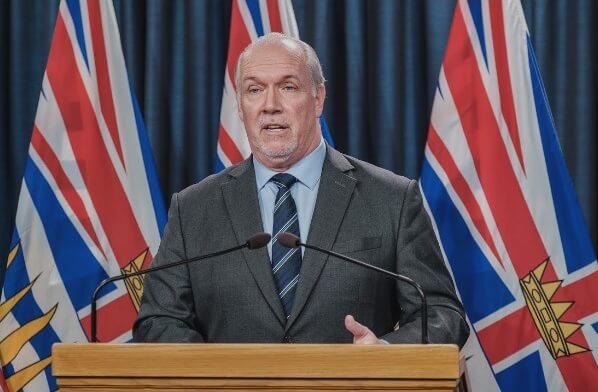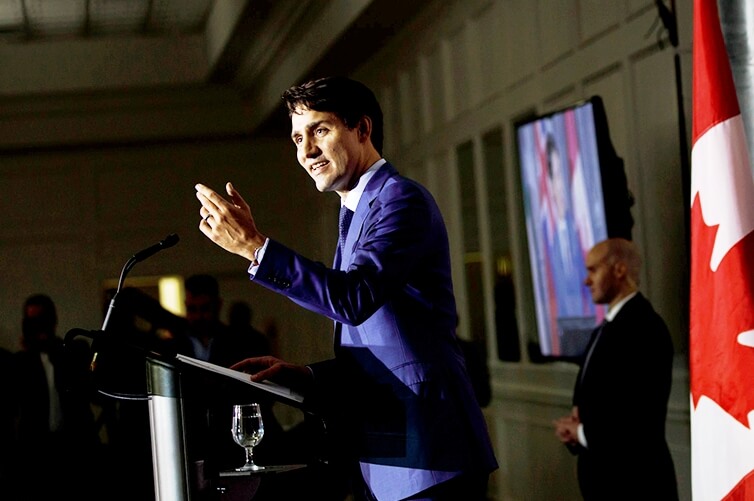Equal Pay Day Statement by Patty Hajdu
The Voice of Canada News:
Patty Hajdu, Minister of Employment, Workforce Development and Labour, issued the following statement recognizing Equal Pay Day.
 “On Equal Pay Day, it is important to note how far Canadian women have come in the last 40 years. Greater participation of women in the workforce has accounted for about one-third of Canada’s economic growth. Advancing gender equality is not just good for women, it is good for all Canadians.
“On Equal Pay Day, it is important to note how far Canadian women have come in the last 40 years. Greater participation of women in the workforce has accounted for about one-third of Canada’s economic growth. Advancing gender equality is not just good for women, it is good for all Canadians.
Despite our progress, women in Canada continue to earn less, making 88.5 cents for every dollar a man earned when measuring hourly wages for full-time workers. Research indicates that women who are also part of other marginalized groups, such as racialized women, Indigenous women, and women with disabilities, face even larger wage gaps. These gaps leave women at an economic disadvantage, making it harder to pay bills or have savings for unexpected emergencies.
Last fall, the Government of Canada took long overdue action by introducing a proactive pay equity regime. The government also plans to introduce new pay transparency measures for federally regulated private-sector employers. Pay transparency will prompt employers to take action to examine their practices and show leadership in reducing wage gaps that affect women, Indigenous peoples, persons with disabilities and visible minorities. When Canadian women can count on equal pay for work of equal value, our economy grows stronger, families prosper and communities thrive.
While proactive pay equity legislation and pay transparency are important tools to help reduce gender wage gaps, they are part of our broader plan to advance the equality of women in the workplace. This includes investments in early learning and child care, improved funding for training and learning, better access to flexible work arrangements, enhanced parental leave flexibility, and the continued appointment of skilled, talented women into leadership positions.
With these key initiatives, we expect to move the dial and make real progress toward greater gender equality. However, it will take all of us—governments, employers, unions and individuals—working together to address the barriers women and girls face in achieving their potential and being equally compensated.”




